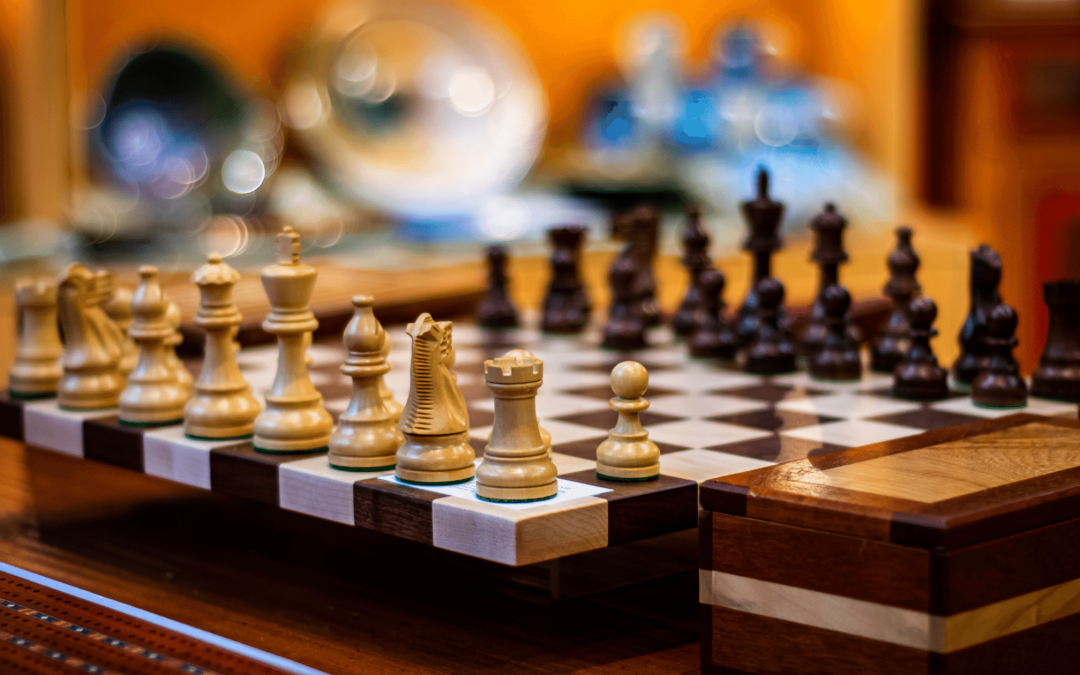There are many tennis players who really have no idea what is happening on the court; perhaps this is the fault of the coach or perhaps the fault of the player.
I am currently coaching in Demark and during league play you will typically find the coach will sit on the side of the court and give tips on what to do and how to beat an opponent during changeover. However, as coaches we need our players working it out for themselves, developing matchplay thinking, and I belive this starts in training.
My method of teaching matchplay thinking starts by analysing the player: Are they tall or short? Fast or slow? Maybe they are carrying an injury?
Then I watch their warmup: What shots do they prefer? Which type of grips do they use? Are they more comfortable at the net or baseline?
Then it is down to the player to ask questions with shots. I recommend that my players hit a vast array of slice, medium, high, slow, fast shots to the baseline player. They should throw some short balls in and watch the movement. At the net they should move the ball around the body to check out the volleys with slice, flat and spin. Do they prefer fast or slow balls? High or low balls?
Armed with this information, my players should watch for continual errors throughout the points.
Hopefully they will have the skills and experience to win the match, but by having developed their matchplay thinking will give them the edge in winning the match.
The following questions can help all our players think, and ideally these should be asked during practice sessions:
What were the last two shots?
This is a key area that tells you:
- Whether the player made an error
- Was forced to make an error by an opponent
- Hit a winner
- Or forced the opponent into hitting an error
What just happened?
- Player made an error
Where did the opponent hit the preceding shot from?
What type of shot did the opponent hit to make the player miss?
Is this a genuine technical error from your player? Can you avoid hitting this type of shot by keeping it out of the opponents strike zone? i.e. low deep sliced ball to a forehand
- Player was forced into an error
Where did you hit the shot on your opponent’s side that forced the player into an error?
What could you have done different to ensure the ball was kept in play?
Is this a weak area for your player or has your opponent a major strength you need to keep away from? Which area of the court or body do you need to keep away from to stop the opponent gaining the upper hand?
- Player hitting a winner
Where did your opponent hit their preceding shot from that enabled you to hit a winner?
What type of shot did you use to set up the winning shot?
Can you make this opportunity happen regularly throughout the match?
- Opponent was forced into hitting an error
What type of shot did you hit to force an error from your opponent?
Where did you hit the shot from?
Can you do also do this regularly from other areas of the court? The more errors your opponent makes, the more they may lose confidence or begin to think too much.
When your player can work out who is doing what to whom, then they increase their chances are of winning more matches!
Remember to keep match and opponent notes for coaches and future reference. This will give you the ability to make game plans for future matches.
My Player Notebook gives you and your player a structured approach to match play thinking and I use the forms included every week with my players. You can find the Player Notebook on Amazon or on the S9 shop.
Enjoy your practice!
.

